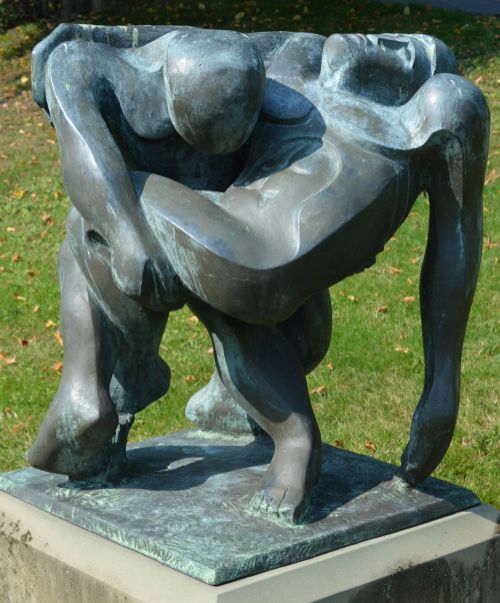Many years ago, I read these words from the late Verna Holyhead sgs. The opening context opened my eyes to power of Jesus the teacher.
What we have come to call the parable of the Good Samaritan is told in the context of a meeting between two teachers: the Jewish lawyer and the Jewish Jesus. It is ‘shocking’ story, intended to make us think about alternatives in our relationships with God and one another. It is introduced with the lawyer’s determined effort to justify himself with regard to the two great commandments: love of God and love of neighbour. Self-justification is centred on ‘I ‘and ‘my’. “What shall I do to inherit eternal life?” he asks, and Jesus responds with two questions of his own: “What is written in the Law? What do you read there?” The lawyer is quick to answer; he has all the right and holy words, can quote his source documents perfectly and adopts the faultless theological stance of Deuteronomy 6:4-5 and Leviticus 19:17-18 But Jesus urges him from right answering to right living: “Do this and you will live.” But the lawyer continues to seek after self-justification rather than truth, responding, “And who is my neighbour?: Everything is in reference to himself.
But discipleship does not start with myself, when asking whom I shall or shall not love or what are the boundaries on my responsibility? At the end of the parable Jesus will ask the lawyer another questions which banishes self from centre stage: “Which of these three do you think was a neighbour to the man who fell into the hands of robbers?” This is how our commitment to Jesus is to be defined: from the perspective of half-dead, the fallen, the wounded, the abandoned ones, the person with whom every other character in the parable comes into either negative or positive contact…
Verna has a way of unlocking the intelligence and wisdom of Jesus as he engages with the smug lawyer.
By Virginia Ryan
